How to get rid of under-eye dark circles permanently
This post may contain affiliate links. That means that if you click on a link and purchase something I recommend, I will receive a small commission at no extra cost to you. As an Amazon Associate, I earn from qualifying purchases. This helps keep my website up and running and is very appreciated. Thank you for your support! Disclaimer
Hey everyone! I’ve been noticing a common question popping up online: how do I deal with dark circles under my eyes? So, I thought I’d take some time today to write an article addressing this topic.
Without Further ado , Keep reading to understand why they form and learn effective ways to get rid of them naturally.
If you don’t have time to read this post right now, why not save it for later?
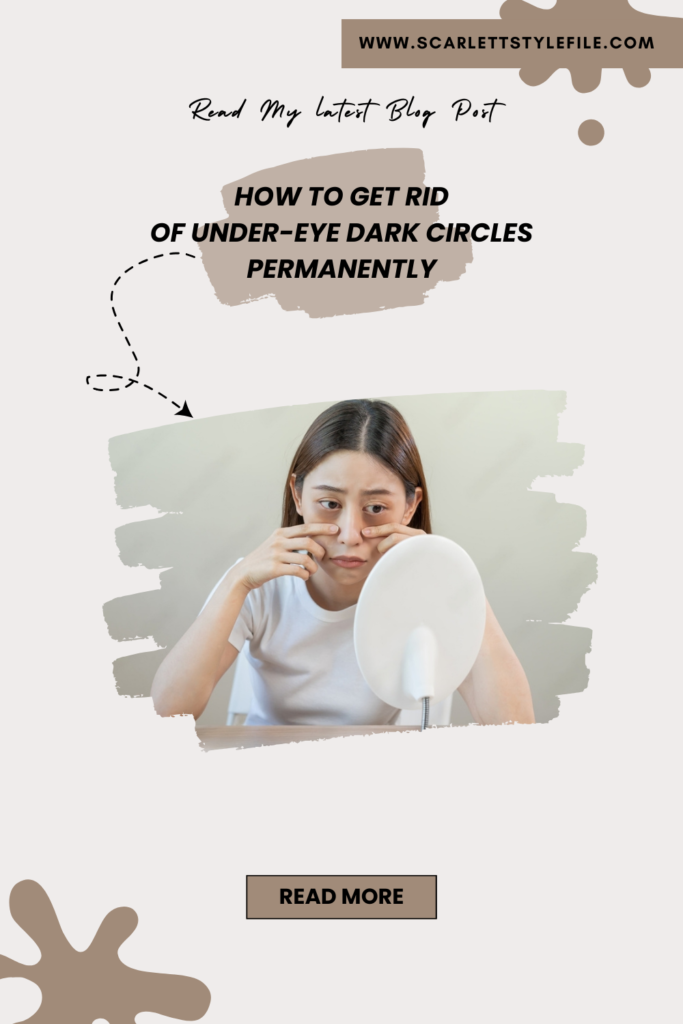
How to Get Rid of Under-Eye Dark Circles
the importance of embracing the natural aging process
Recently, I came across a TikTok trend where people were using makeup to brighten their under-eye area. While it’s great to celebrate diverse beauty, it made me realize that natural aging already enhances this area. As we age, it’s normal for under-eye circles to appear, and that’s okay. My mom always advise me to appreciate my youth because tiredness inevitably shows up over time. Personally, even after a good night’s sleep, comments about looking tired can affect how I feel about myself. So, it’s understandable to want to look and feel our best. There’s a clear link between our appearance and how we feel emotionally, even if we don’t always acknowledge it.
Then there’s the reality of our biological clock, especially for women. No matter how much we wish otherwise, aging is inevitable. This is just my viewpoint, and I hope it’s taken with empathy. Our appearance does affect our self-esteem, whether we like it or not.
There are countless reasons why we get under-eye dark circles, and frankly, I’m baffled by the idea that a single eye cream could be a universal fix. Each person’s under-eye concerns vary widely, so assuming that a particular miracle eye cream will solve everyone’s issues seems a bit far-fetched. I’m not knocking these products, but let’s face it: there’s no one-size-fits-all solution for under-eye problems.. (Spoiler alert: it’s just not out there.)
how we examine our under-eyes:
So, what are the main things to consider when dealing with under-eye problems? First off, pigmentation and physical darkness are key. Next, shadowing and the blood vessels beneath the skin can also contribute to darkness. Then, there’s overall puffiness to consider. And last but not least, fine lines and wrinkles play a role too. Those are the four major categories to keep in mind when addressing under-eye concerns.
how to differentiate between physical darkness and shadowing vasculature?
Have you ever wondered why there’s darkness under your eyes? It’s often tricky to tell whether it’s because of pigmentation or just shadows? There’s actually a pretty simple trick that my fiancé taught me a few years ago, and I’m going to share it with you now.
What you’re going to do is grab a mirror and head to your bed. Turn on an overhead light and lie down flat. If the darkness under your eyes vanishes, it’s likely due to shadows and the blood vessels under your skin. However if the darkness stays put, it’s probably pigmentation because no matter the lighting, pigmentation tends to stick around. And that is how you can differentiate between pigmentation and shadowing.
under-eye pigmentation:
So, let’s jump in and talk about under eye pigmentation. There are various factors that contribute to it.
genetic predisposition
One significant factor is genetic predisposition ; certain ethnicities are more likely to have darker skin under their eyes than others. I myself am half Australian; it is a trait that many Indigenous Australian people have. It’s also prevalent in populations across the Middle East, from Morocco to Saudi Arabia, and extends further east to countries like Afghanistan, Pakistan, India, and Southeast Asia , and so that is one, unfortunately, which is a little bit harder to tackle. But I will get into that in a minute.
sun exposure
The second most common cause of under-eye pigmentation is sun exposure. So whether or not you are genetically predisposed or you’ve had a lot of sun damage, the number one thing you can do to help yourself when it comes to your eye health is use a sunscreen.
Related : 20 Best Sunscreens For All Skin Types: Dry, Oily, Sensitive, & More!
Sunscreens can help dramatically improve the pigment and the color underneath your eyes over time. It is not something that’s going to give you instant results because it doesn’t erase existing pigmentation , but it’s going to help minimize how bad it gets.
Some sunscreens even come with a tint, that can also act almost like a two-in-one makeup and protection. And I like those types of sunscreens because a lot of them often contain reflective elements that can make your eyes appear brighter when applied.
Physical sunscreens, like those containing zinc or titanium, are my favs over chemical sunscreens for a couple of reasons. Firstly, they’re less likely to cause irritation to your skin and eyes. I’m someone who’s very sensitive, and when I wear chemical sunscreens and I touch my eyes, my eyes become extremely inflamed and itchy, and I tend to rub. Which leads me to my third reason why people get darkness under their eyes:rubbing
rubbing:
When you rub your eyes or use products that cause them to feel itchy or burning, it can make the skin around your eyes worse. If you can avoid rubbing your eyes, the skin around them will improve, and any discoloration will also get better over time.
how to Address under-eye pigmentation:
If you’re already grappling with under-eye pigmentation, you might be wondering, ‘Alright, Scarlett, I acknowledge the pigmentation issue, but how can I improve what I’ve got?’
Let’s rewind a bit to what I mentioned earlier about genetic predisposition. Unfortunately, if you have a genetic predisposition—meaning it runs in your family—it’s going to be quite challenging to reduce that pigmentation. I say this with compassion because I want you to have realistic expectations going forward. This way, you won’t find yourself constantly frustrated, thinking, ‘Why isn’t it improving?’ or falling for false claims and bullshit products or procedures like certain lasers promising complete elimination of under-eye pigmentation, which is actually quite tricky when it’s genetically predisposed.
To gauge your odds, check out your family’s eyes – parents, grandparents, aunts, uncles, siblings. Their eye situation can give you a good idea of what you might be dealing with.
Now, if you have pigmentation due to other factors, there are certain things that can definitely help. Number one, as we’ve mentioned, sunscreen.
Number two, exfoliating with an AHA Products that is geared towards pigmentation. Mandelic acid is the least irritating one you can find it in products like Molecular Saviour Probiotics Treatment Mist , and Sunday Riley Mini Good Genes All-In-One is another option it has lactic acid which is also great for brightening. If you’re very sensitive and experience irritations, then PHAs can also help. Those are probably the types of acids I would use on my under eyes. I would avoid salicylic acid as it can be extremely irritating. If you’re just someone who’s extremely sensitive, it’s best to avoid acids altogether. This advice is for people who believe they can handle it.
Number three, hydroquinone. Hydroquinone is an ingredient that can also be irritating but can work wonders if you have pigmentation. Over the counter in the U.S, it’s a bit uncertain at the moment. Some brands are pulling back, while others are still available. They are typically available at two percent. Ambi Fade Cream and Differin both offer two percent hydroquinone creams. Otherwise, consult a dermatologist for a higher strength prescription to even out pigmentation.
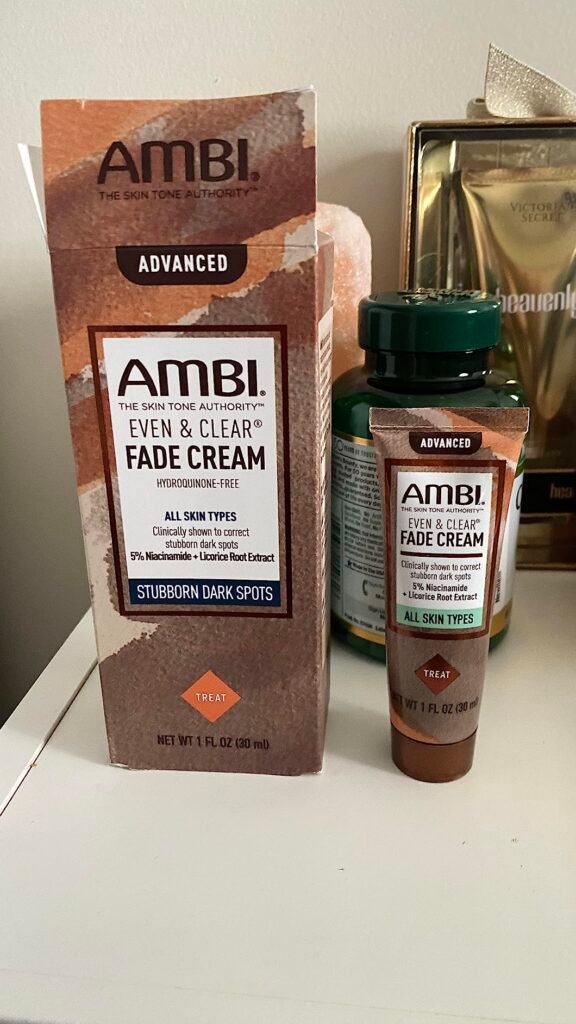
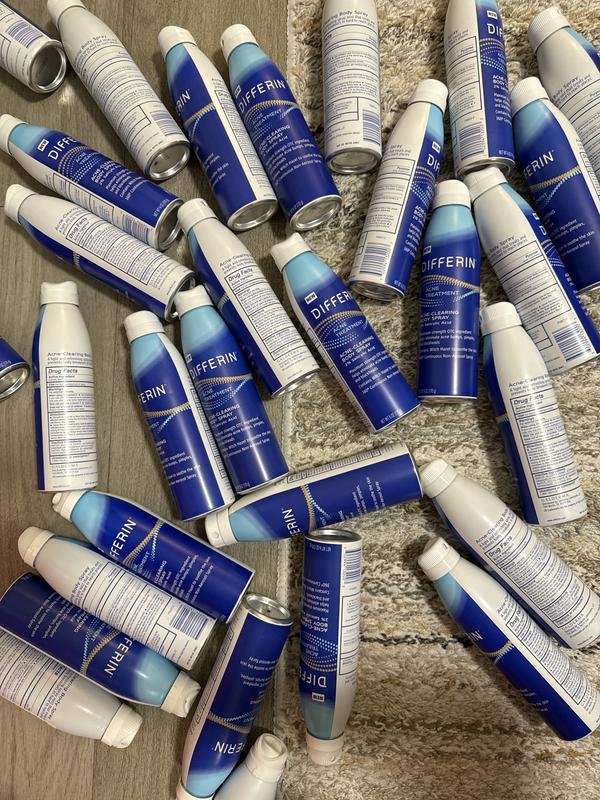
Other ingredients I really like for pigmentation are arbutin, licorice root extract, and niacinamide you can find it in products like Molecular Saviour Probiotics Treatment Mist. These can help break up existing pigmentation in your skin.
Retinols can also help. There’s a myth that you cannot use retinol near your under eyes, but that’s simply not true. You can absolutely use it near your under eyes, and it can be very effective. The key is how you use it and whether your skin is accustomed to it. If you’re nervous, start with a low concentration and consider using a moisturizer first. I sometimes use Vaseline on my under eyes to lock in moisture when I’m not using retinol to reduce sensitivity. Kate Somerville has a great retinol eye cream that feels luxurious, doesn’t irritate the skin, and has a cooling metal applicator tip.
Related : Unveiling The Secrets Of Retinoids: Your Path To Glowing Skin
So, those are some key approaches for dealing with under eye pigmentation. And finally, something simple you can do to help yourself: stop rubbing. If you have allergies and find yourself reacting to products, try stopping everything for 10 to 14 days, including makeup, to see if stopping rubbing can help prevent darkening of the area.
how to Address shadowing vasculature:
Let’s dive into shadowing and the changes in our vasculature as we age. Our skin naturally thins out, and the blood vessels underneath can become more prominent. This happens because the walls of the blood vessels weaken and expand, making them more visible. These factors alone can worsen the appearance of shadows, distinct from pigmentation.
What you want to find are products that help constrict these blood vessels. Caffeine is a key ingredient for this purpose. Caffeine-infused eye creams can provide temporary relief, which is perfectly fine. I don’t mind if they only offer short-term benefits, as long as they work throughout the day. Brands like The INKEY List and NeoCutis offer caffeine-based eye creams like the Caffeine Eye Cream by The INKEY List and the LUMIÈRE FIRM Illuminating & Tightening Eye Cream by NeoCutis that are both effective. If you’re on a budget, you can even use cold caffeinated tea bags. Simply brew your tea, chill the bags, and place them on your eyes to help reduce puffiness and constrict the blood vessels.
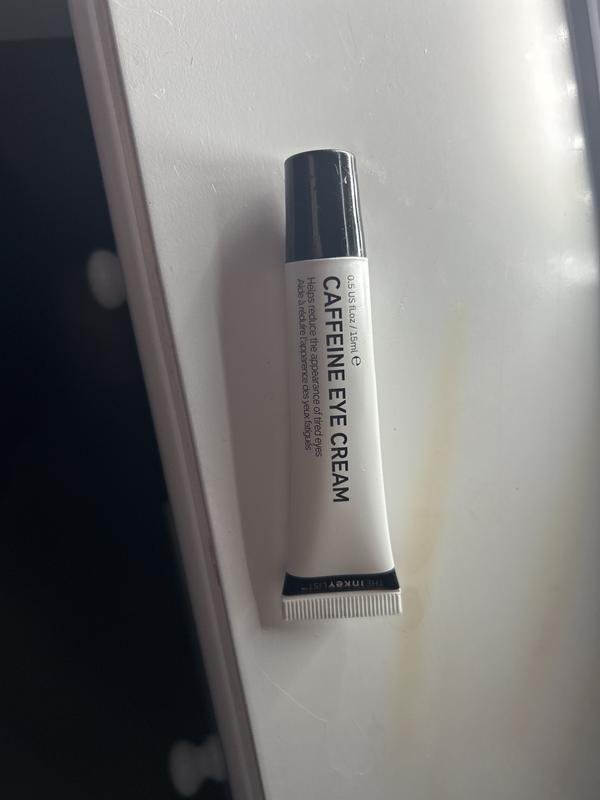
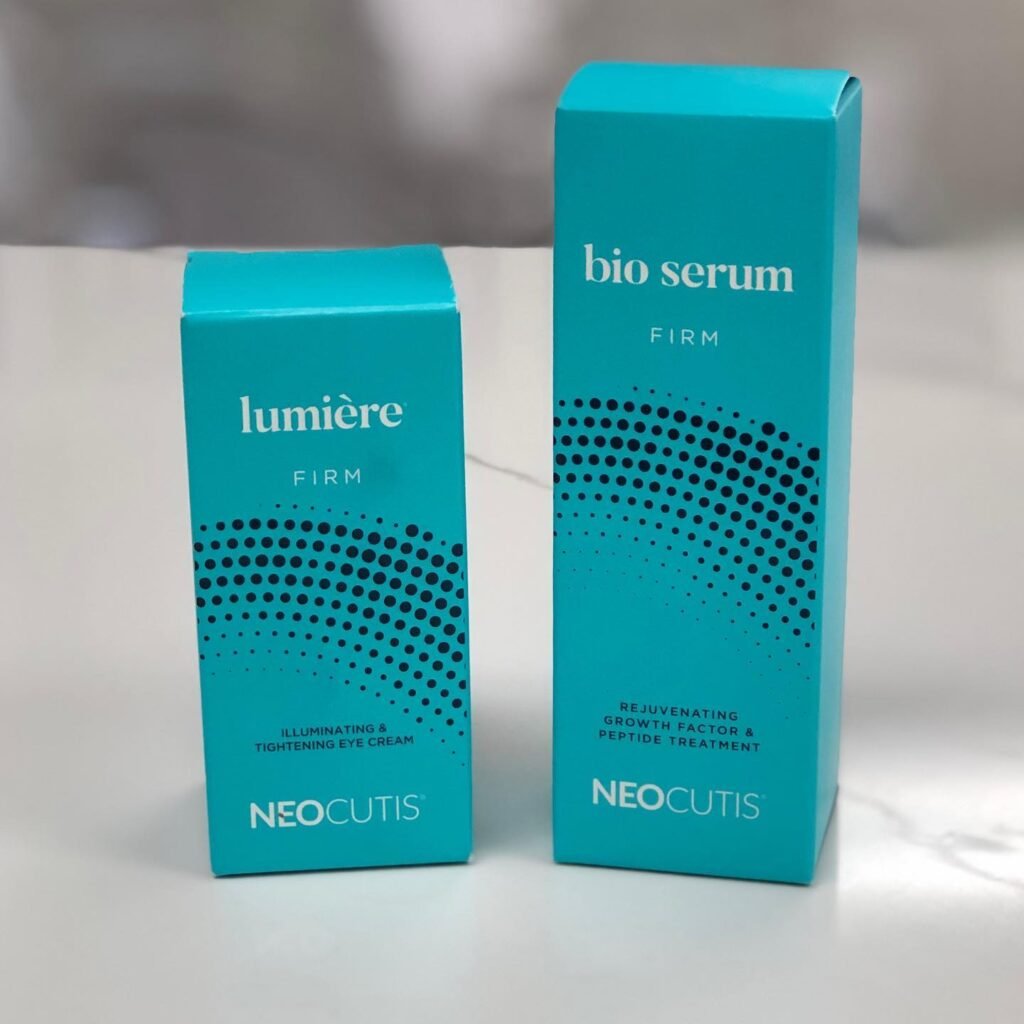
If you don’t have tea bags, you can use metal spoons chilled in ice water. After 10 to 15 minutes, use the chilled spoons to help de-puff the under-eye area and constrict the blood vessels. This is a quick trick I use before events or special occasions.
While some people suggest using Preparation H (hemorrhoid cream) to reduce puffiness, I strongly advise against it. Hemorrhoid creams often contain steroids, which can have negative effects on the eyes over time, potentially leading to conditions like glaucoma.
On the other hand, vitamin K can be a helpful solution for under-eye shadowing caused by vasculature issues. Topical vitamin K can break down hemosiderin, a substance that contributes to the darkening under the eyes. Products like Instant’s K-Ox Cream by Isdin can be effective in this regard.
So, in summary, caffeine, cold tea bags, chilled spoons, and vitamin K are all great options for addressing under-eye shadowing caused by changes in the vasculature. However, it’s crucial to avoid using products like Preparation H, which can potentially harm your eyes in the long run.
how to address puffiness?
Now, let’s tackle puffiness. We’ve covered pigmentation, shadowing, and the vasculature. Puffiness can stem from various factors, some of which are easily within your control. Simple adjustments in behavior can make a significant difference. For instance, cutting back on salty foods before bedtime can prevent waking up looking like a puffball – trust me, I’ve been there.
Alcohol is another culprit. Personally, I don’t drink alcohol at all, and I’m not here to tell you to stop if you enjoy it. But I’ve seen how cutting out alcohol has helped people, like my fiancé. Since he stopped drinking two years ago, he’s noticed less puffiness around his eyes when he wakes up. Even just one glass of alcohol before bed can dehydrate you a lot, which can make your eyes look puffier and worse.
So, if you’re curious, you might want to give it a try and see how it affects you. Maybe not just for your liver’s sake, but for how your eyes look too. Of course, having a glass of wine now and then is no big deal. This is just something I’ve seen firsthand with people I know.
Puffiness can also be caused by allergies (Allergy is a huge, huge category). What I’m talking about seasonal allergies or rhinitis, which make people sneeze a lot. Taking an antihistamine at night. A lot of people take it in the morning. I actually take it at night. And it also helps me not to wake up as puffy. It also helps me in the morning so I’m not waking up rubbing my eyes when I wake up. So yeah it’s a small simple change but the timing of when I take that antihistamine made a huge difference.
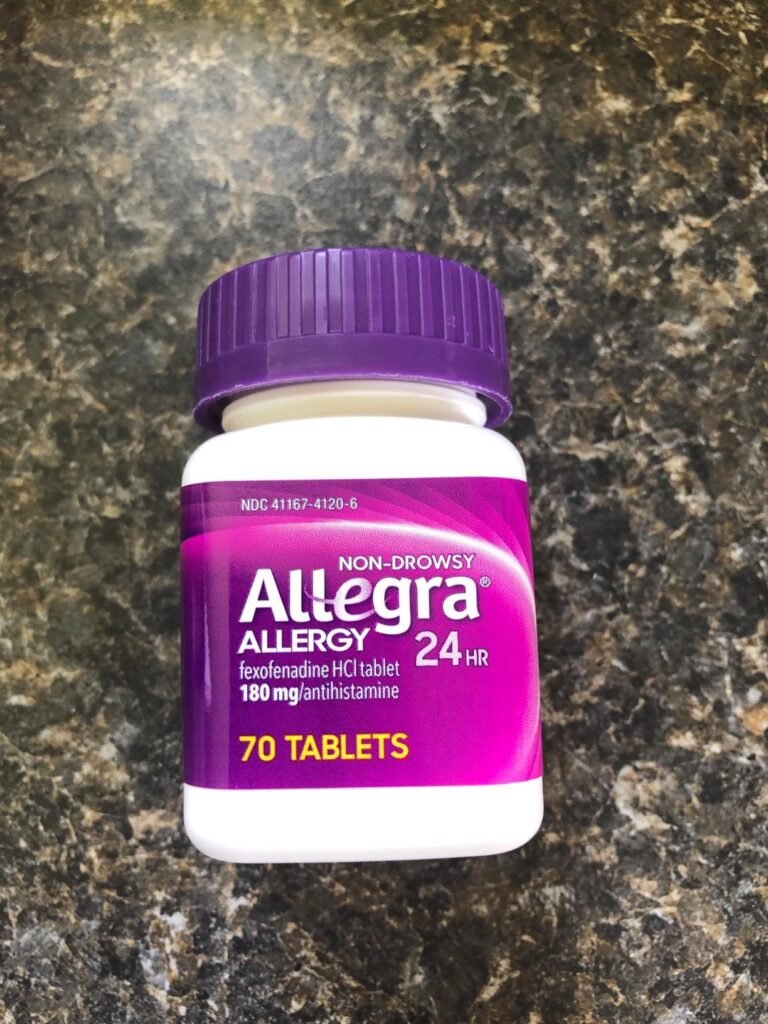
Other things that can help, I love arnica. I really like using arnica to reduce puffiness. It’s not talked about much, but it’s effective. Just avoid it during pregnancy. Arnica can help reduce puffiness and improve blood circulation, which we discussed earlier. Even though it’s not a popular trend, I’m personally a big fan of it. I don’t usually follow skincare trends because I believe our skin needs are timeless, just like humans. Arnica is one ingredient I genuinely love. I recommend using Boiron Arnicare Gel for Relief ; it’s affordable and available at most drugstores. This is a great product to tackle puffiness.
how to address herniated fat pads?
Now, let’s delve into a more challenging category: in-office procedures. And I want to emphasize this: if you have herniated fat pads under your eyes, no cream will suffice. I’m not referring to mere puffiness; I’m addressing fat pads beneath the eyes caused by genetic factors. Just as some inherit skin pigmentation issues, others inherit these fat pads due to the aging process.
Creams provide limited assistance here. While depuffing creams can alleviate temporary puffiness from salt intake, alcohol consumption, or crying, they won’t address the underlying genetic predisposition. As we age, the bones surrounding our eyes, the orbital rim, undergo changes, becoming wider and thinner. Consequently, the structural support for facial fat diminishes, causing fat pads around the temples and under the eyes to sag and protrude. These herniated fat pads beneath the eyes are unaffected by topical creams.
In-office procedures like certain fillers with different types of hyaluronic acids can help tremendously if your underlying bone structure is a good match. They can help minimize any puffiness and smoothen out your appearance, making it blend seamlessly with the rest of your face.
However, if your bone structure is not right, it can make you look worse. And this is why you have to go to somebody who is extremely skilled and honest with you as a patient. You need someone who not only has the expertise but also values your trust and understands your concerns because it is not without risk. such as bruising, especially around sensitive areas like the eyes. so don’t freak out about that, but risk of looking worse or, God forbid, running into more dangerous adverse events which is not… it’s too big for the scope of this article.
If fillers aren’t the right fit for you, surgical options like blepharoplasty could be a game-changer. This procedure, performed by a plastic surgeon or an oculoplastic surgeon, involves removing fat from underneath the eyes to minimize puffiness. I have a friend who underwent this surgery in her early 30s due to severe genetic predisposition to herniated fat pads. It was truly life-changing for her. Despite not feeling tired, she constantly received comments about looking tired, which affected her confidence.
After the surgery, she felt like a weight had been lifted off her shoulders and could tackle life with renewed confidence. Ultimately, the choice between different treatments depends on your individual needs and circumstances.
Now, let’s talk about two treatments that I’m not particularly fond of: in-office procedures. First off, fat transfers. While they can yield great results, especially when performed by skilled professionals, I have my reservations. The process involves removing fat, storing it, and then injecting it back in slowly over time. It’s a costly procedure, and only about 30 to 40 percent of the transferred fat actually stays. This uncertainty can lead to uneven results, which can be difficult to fix. I’ve heard stories from my fiancé, who has patients seeking help with such issues, and it can end up being a costly ordeal.
Secondly, implants, particularly under the eyes, aren’t something I endorse. It was a huge trend in the late 90s and early 2000s – even my grandma had it done back then! Unfortunately, she still hasn’t had them removed, and as she’s aging, they’re causing her appearance to look unnatural. Despite numerous discussions my fiancé and I have had with her about the potential risks and benefits of removal, she’s hesitant to do so. While I can offer advice and guidance, ultimately, it’s her decision. But it’s definitely something worth considering.
The bottom line
So, that’s all for today , I hope this article has been helpful to you, and hopefully you understand the differences when it comes to tackling the under eyes, from pigmentation to shadowing and vasculature to puffiness, to herniated fat pads.
My readers’ feedback matters to me. If you have any questions or thoughts, please leave a comment below.

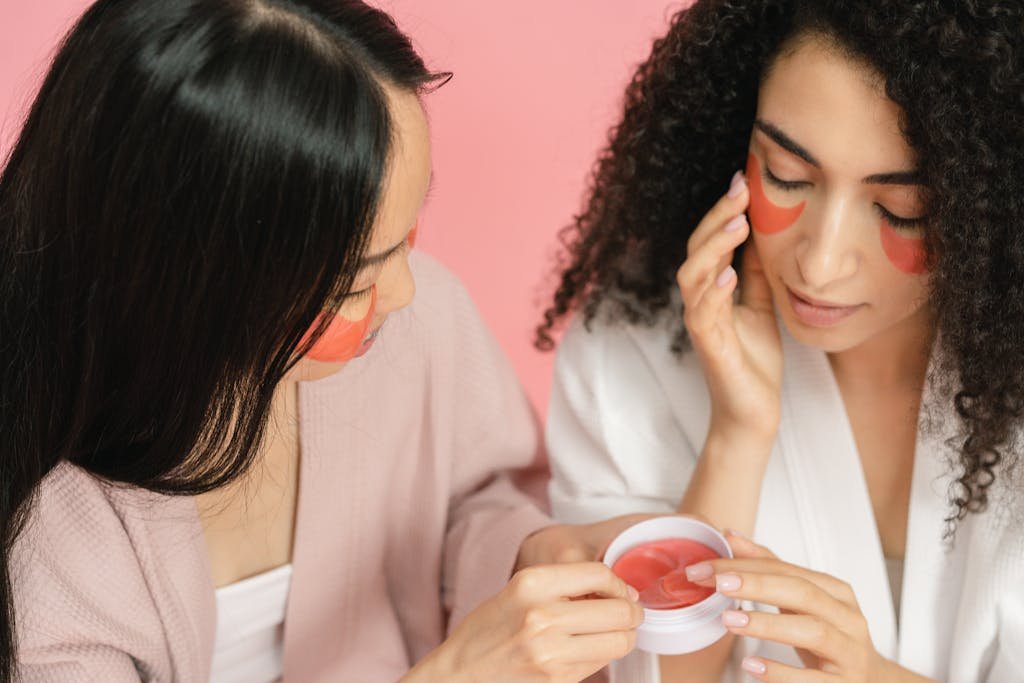
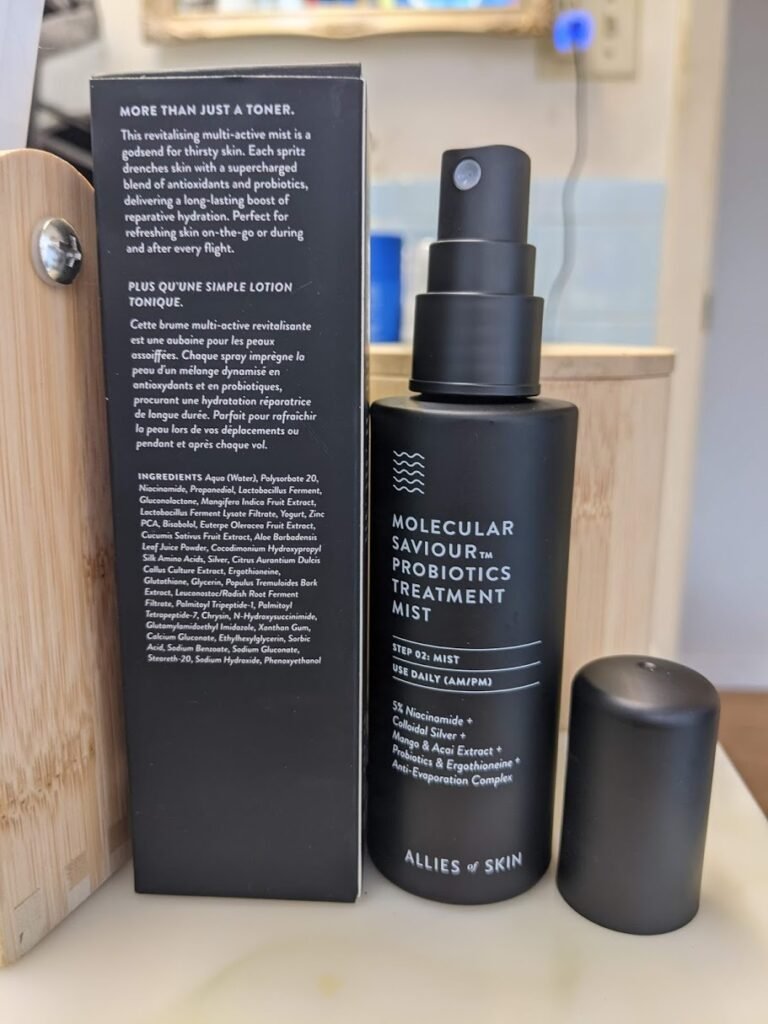
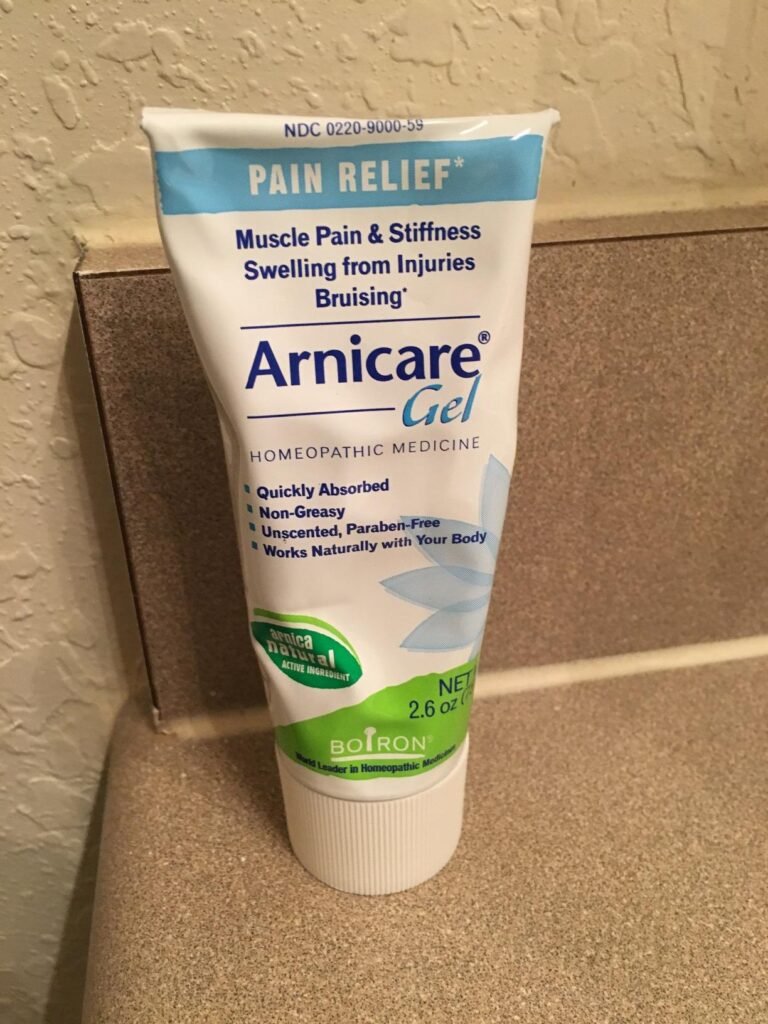
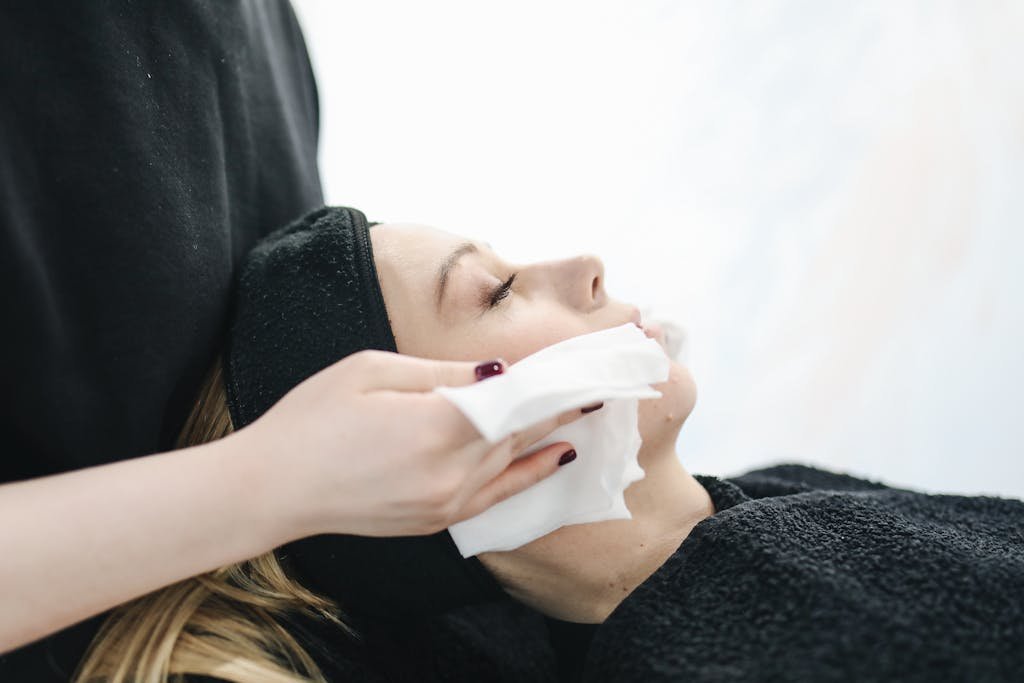

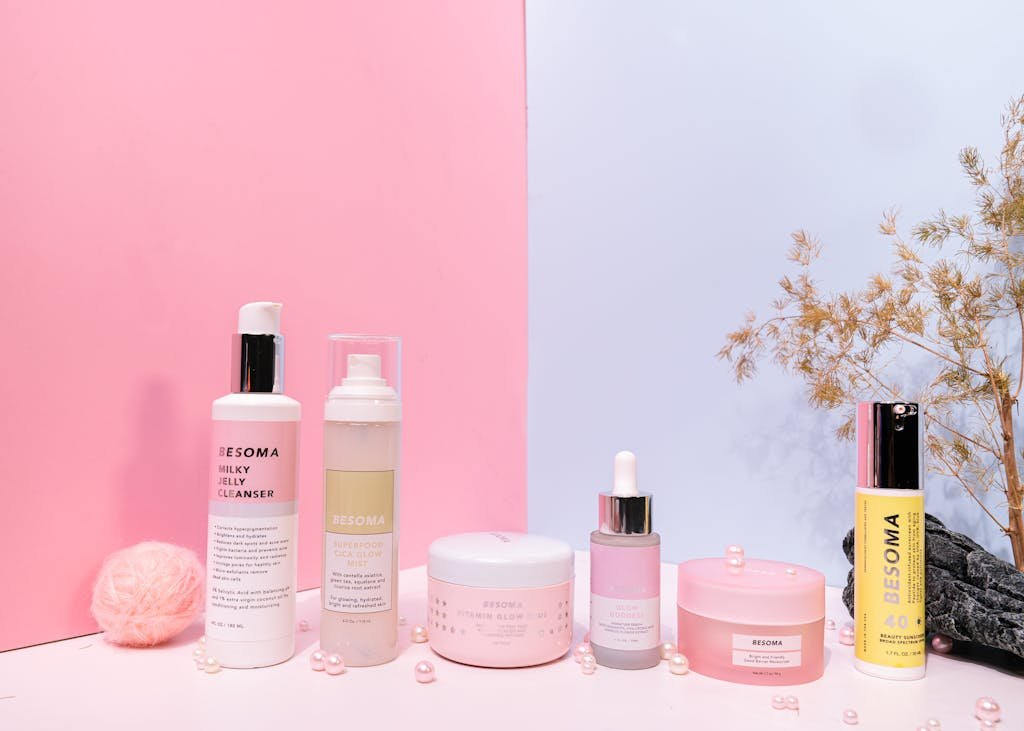

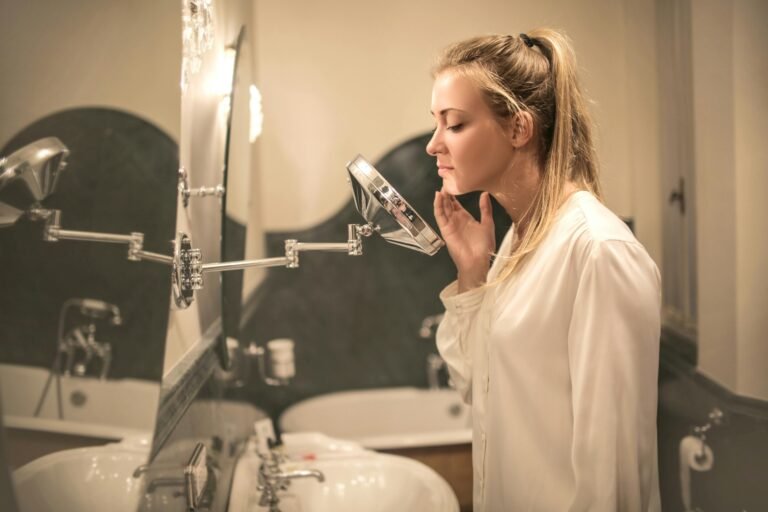
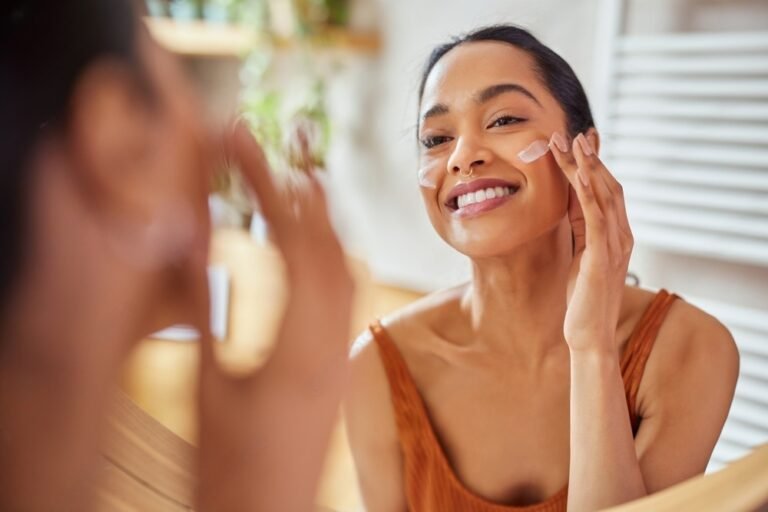
One Comment